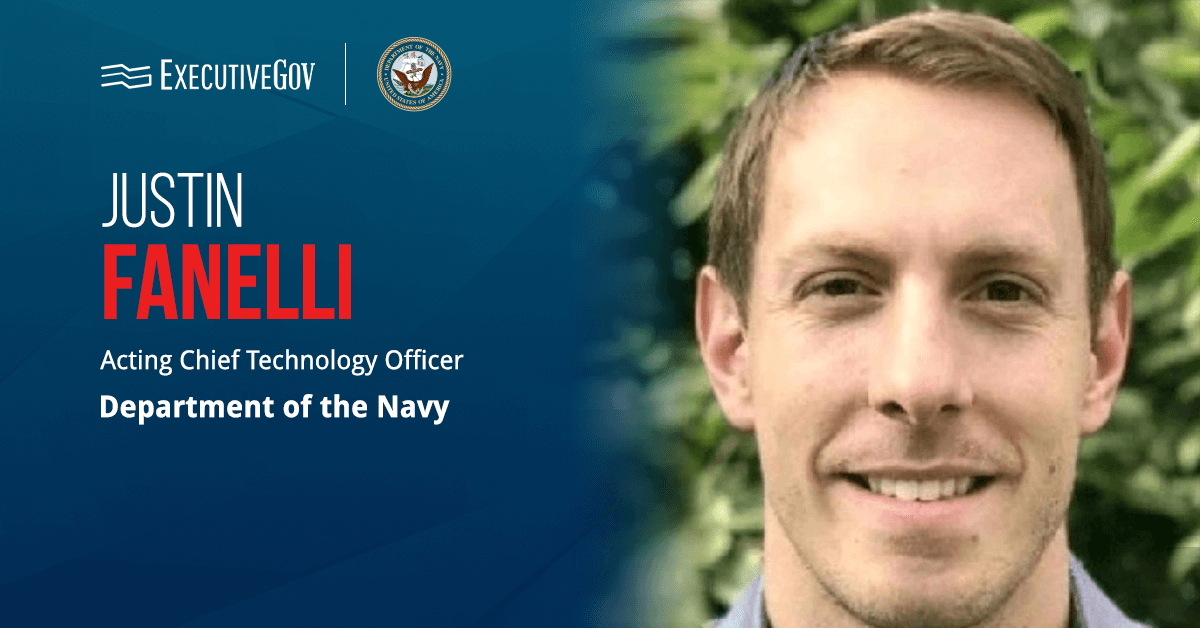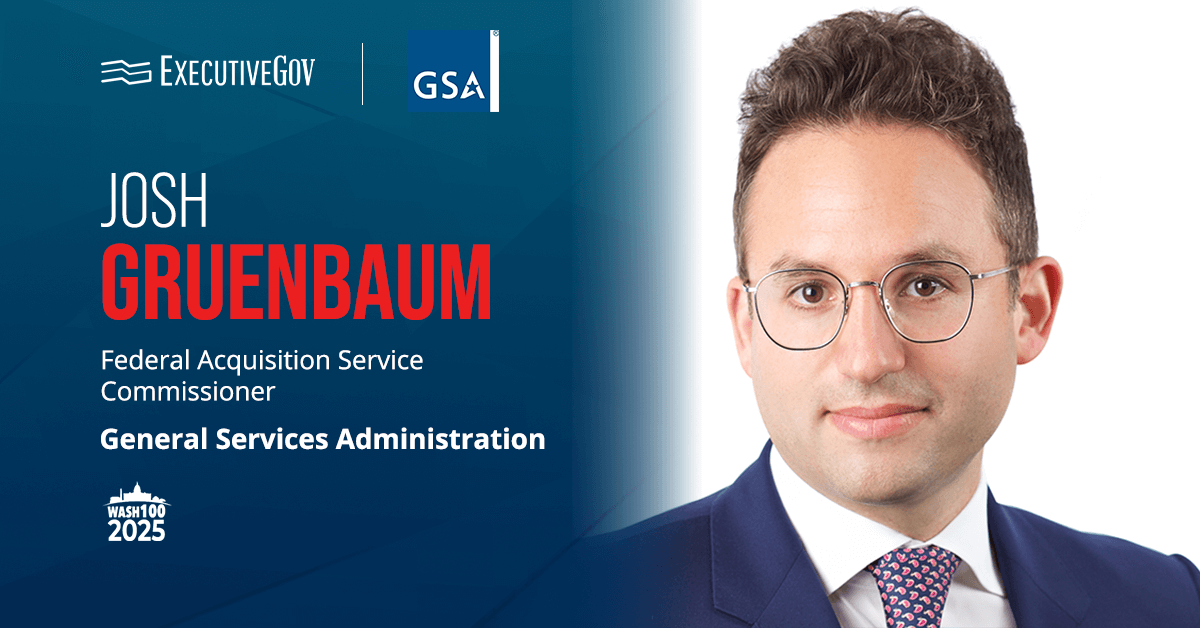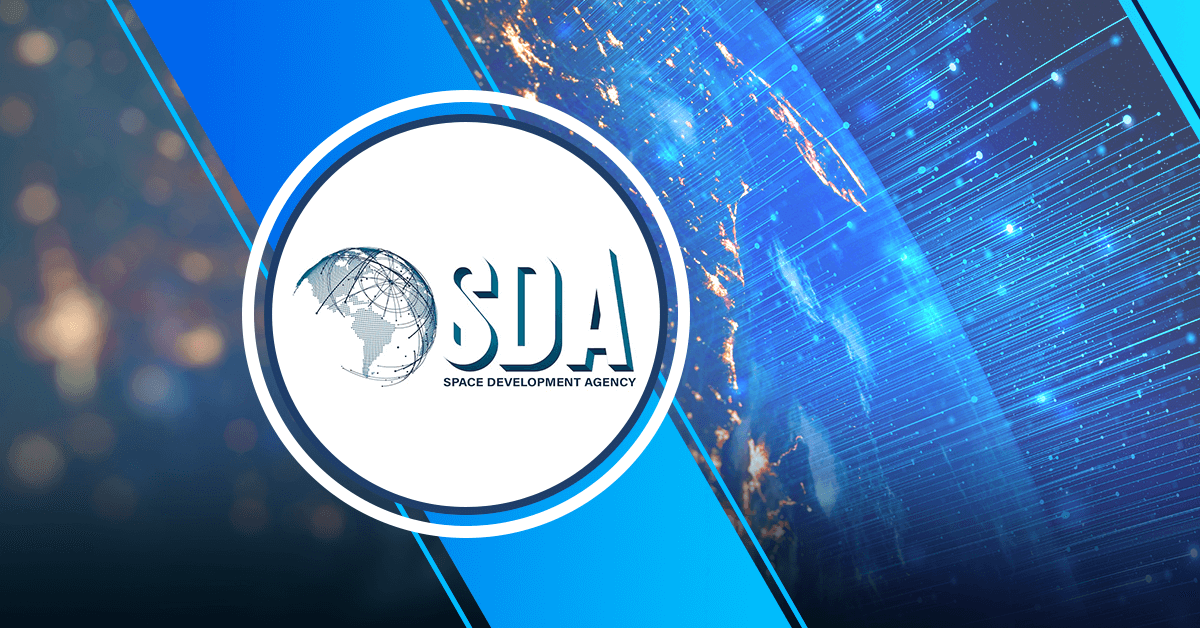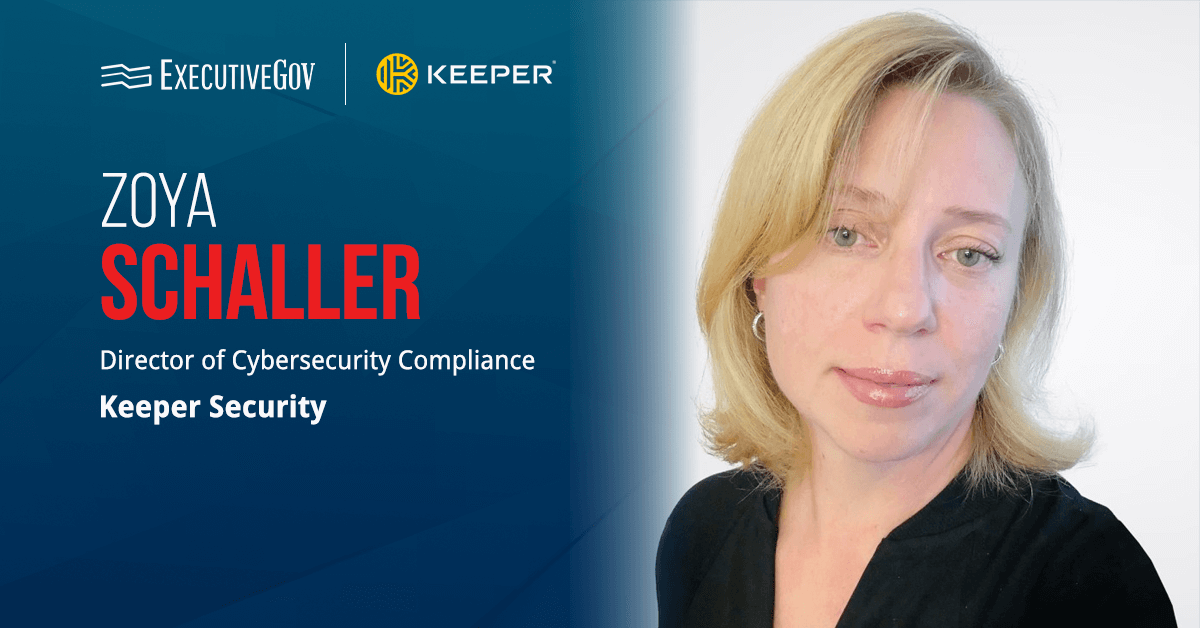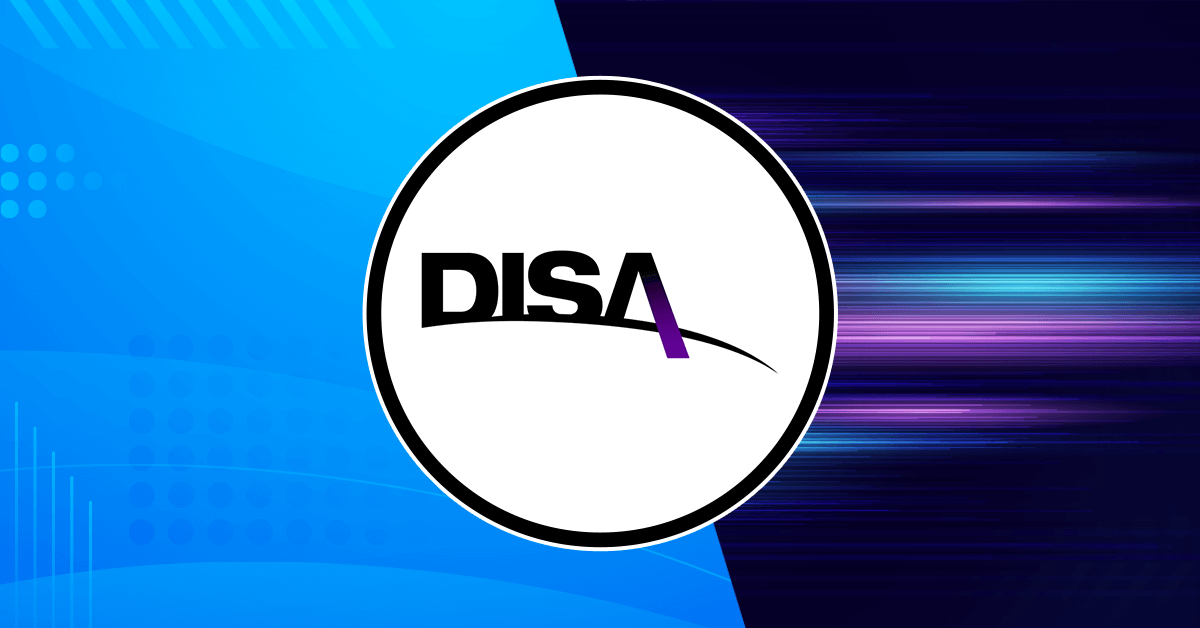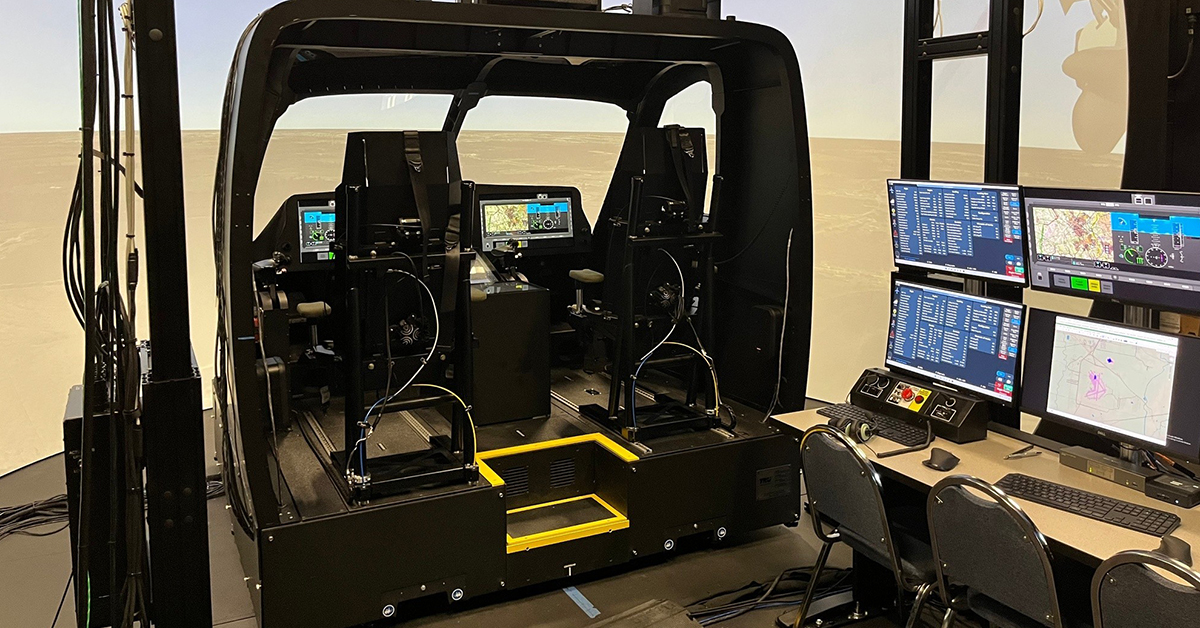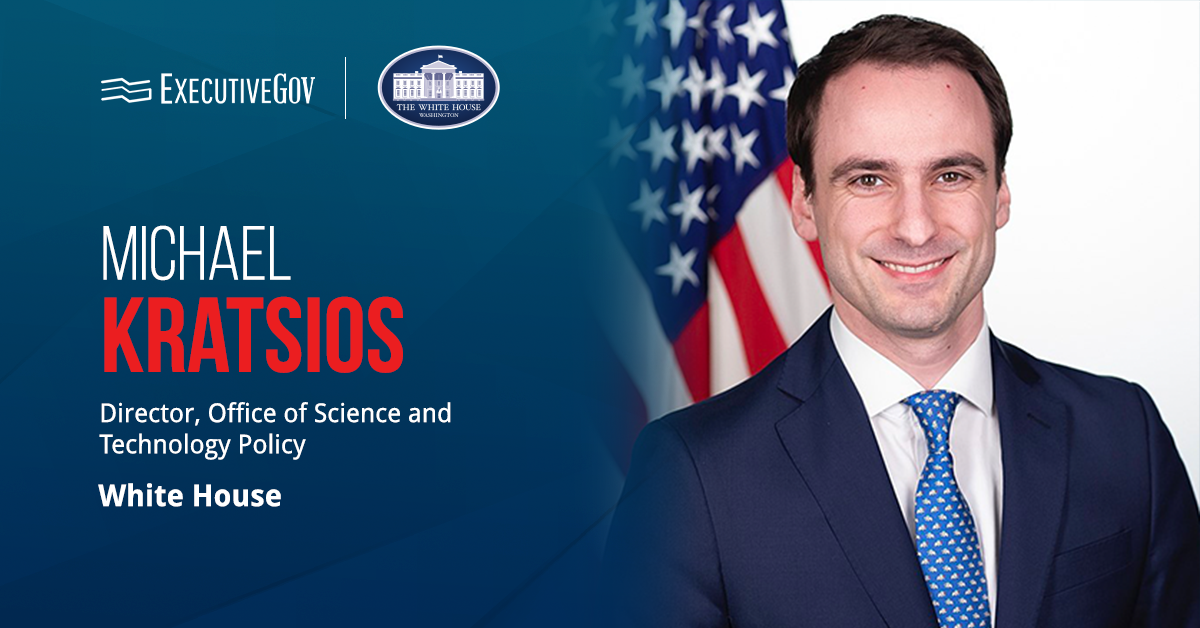Justin Fanelli, acting chief technology officer at the Department of the Navy, has signed and issued a memo outlining the DON CTO office’s priority technology areas, or PTAs, to help guide modernization efforts and signal to industry, academia and mission partners where they should allocate resources.
In a LinkedIn post published Tuesday, the DON chief information officer said the PTAs are designed to accelerate the adoption of emerging technologies, improve information advantage and align with the Department of Defense’s broader goals.
The PTAs will be updated at least annually and paired with DON’s Investment Horizons framework to identify gaps in the department’s technology pipeline and strategic plan, and rapidly deploy platforms for operational impact.

Fanelli will be one of the speakers at the Potomac Officers Club’s 2025 Navy Summit on Aug. 26. Hear him and other experts discuss these PTAs, modernization imperatives, latest tech advancements, policies and trends shaping the future of naval operations. Book your seats now!
AI, Quantum & Other DON CTO Priority Tech Areas
The Navy’s PTAs are artificial intelligence and autonomy; quantum technologies; transport/connectivity; C5ISR/naval space; and cyberspace operations/zero trust.
The DON seeks AI-driven platforms to facilitate real-time data analysis and automated decision-making to improve operational effectiveness. Level 2 areas include core capabilities such as applied machine learning and natural language processing; trust, assurance and governance; autonomous systems; and infrastructure and deployment.
For cyberspace operations, priorities include advanced cyber defense networks, threat intelligence automation and proactive security measures to counter adversarial cyber operations. Level 2 areas include zero trust architecture, identity and access management, cyber operations, and operational technology.


